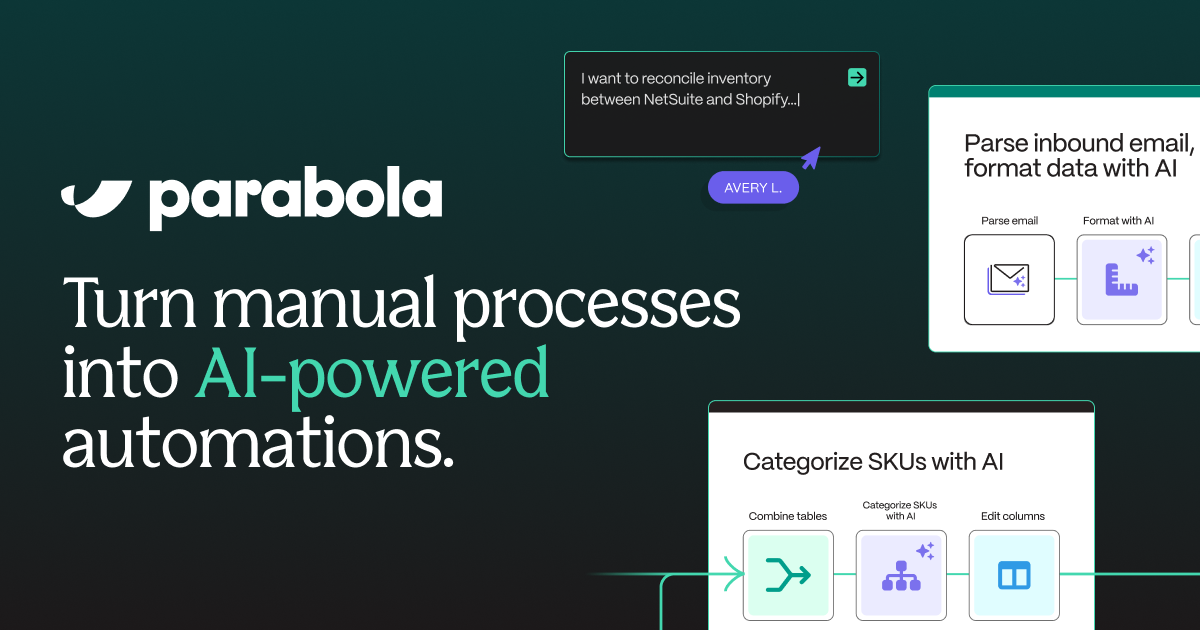Extract API Data Using AI – Free Template
Automatically extract your API data without writing a single line of code.

Automatically extract your API data without writing a single line of code.









Parabola's API integration capabilities enable you to connect with virtually any external data source or service.
The Pull from API step in Parabola enables users to connect to virtually any API endpoint and retrieve data in real-time. This step handles authentication, request formatting, and response parsing automatically, making it accessible to users regardless of their technical expertise.
The Extract with AI step in Parabola leverages large language models to intelligently parse and extract specific values from your API data. This powerful feature can understand context and identify patterns in your data, making it ideal for processing unstructured or semi-structured information.
Extract specific product features, specifications, and key selling points from e-commerce API responses. The AI can automatically categorize and organize product information, making it easier to maintain consistent product data across multiple platforms.
Process social media API data to extract sentiment, keywords, and topics from user comments and posts. This can help businesses understand customer feedback and track brand perception in real-time.
Extract specific fields, dates, and values from document management system APIs. This can automate the processing of invoices, contracts, and other business documents, saving time and reducing manual data entry errors.
By combining the power of APIs with AI extraction capabilities in Parabola, you can create sophisticated data processing workflows that save time and improve accuracy. Whether you're working with e-commerce data, social media feeds, or business documents, Parabola's intuitive interface and powerful features make it easy to build automated solutions for your specific needs.








Request a demo and see how Parabola can automate
your most manual SOPs.